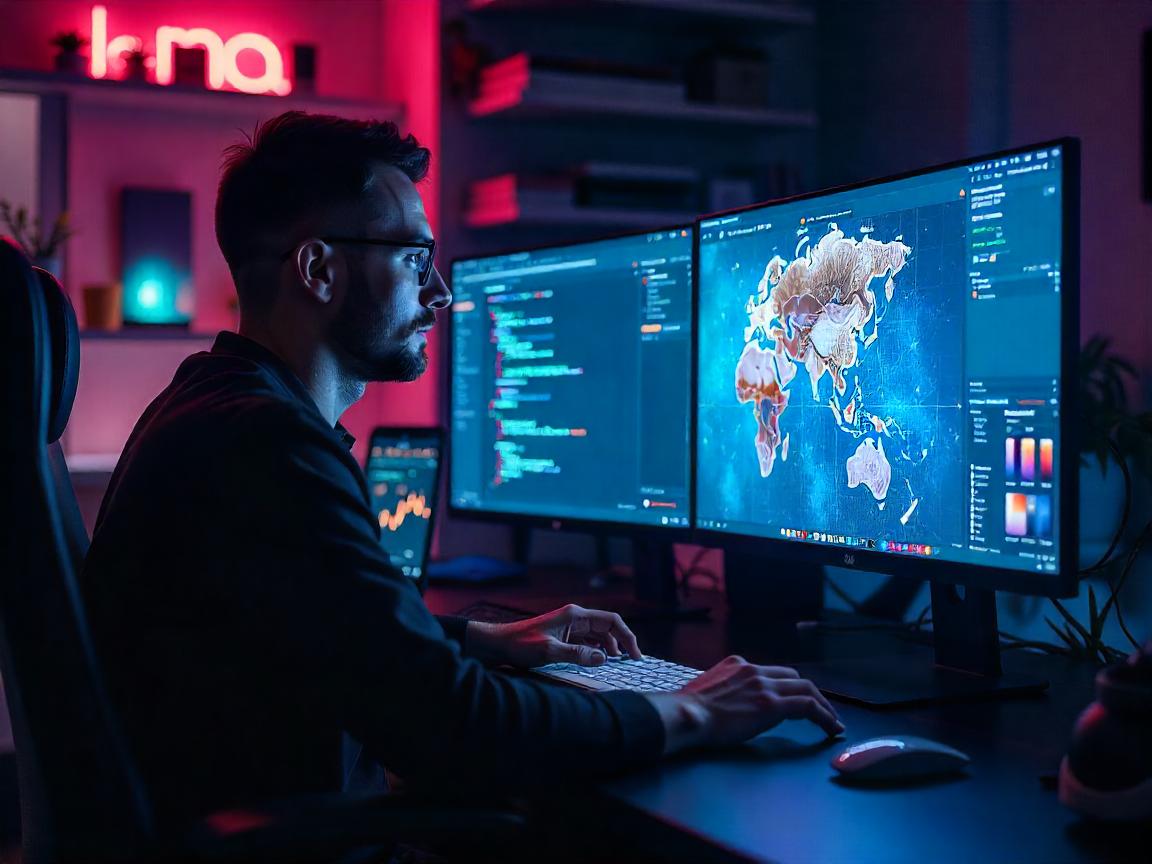
What if I said that much of your favorite YouTube short, podcast trailer, and some of the articles you read on LinkedIn were built, to some degree, by artificial intelligence? You have entered an era where it is becoming more and more challenging to clearly tell the difference between what people make and what machines help with in media. What was once AI’s hidden role in content creation is rapidly becoming its central spotlight. Is this transition ending the way we have traditionally perceived creative authorship? Is it then the start of a new the chapter where AI assists storytellers in new and extraordinary ways?
From Draft to Delivery: Where AI Is Rewriting the
It’s no longer just about AI experimenting with content—it is now the force behind much of it. AI-powered suites have reduced the time from days spent by editorial teams to just hours for prototype creation. Take Runway ML, for instance. Users can now use the Gen-2 version of the model to get video clips that look very real from basic text instructions. I decided to use it myself to plan out a client’s product explainer, and the results cut our production time by two full weeks.
Writing tools such as Jasper and Writer.com are now automating marketing content at great length with a surprising degree of accuracy. At the same time, Adobe’s Firefly is able to generate images for commercial uses that match a brand’s particular voice. In addition, Pika Labs provides the ability to make short, video montages from still images. Modern creative work relies less on the traditional brainstorm for ideas, and more on honing raw prompts into finished solutions—using AI as a principal instrument.
Case Studies in Action: The Media Industry on the Cutting Edge with AI
Big media outlets are no longer experimenting; they are embracing AI by having BuzzFeed use generative AI to create tailored travel-and-quiz articles for audiences based on mood and behavior. The company found that readers spent 35% more time on personalized stories built with AI than with those penned in the traditional manner.
In Asia, The South China Morning Post brought back to life thousands of archivals with AI-driven repackaging – a combination of rewriting, SEO, and multilingual localization. I’ve consulted with an editor there who found that it helped them to scale international readership without headcount inflation.
At the same time, Coca-Cola’s AI-powered ad campaign this past December, in which visuals were completely imagined by generative tools, generated 11 million YouTube views in 72 hours. That’s not only a creative success; it’s a marketing ROI dream.
The Data Doesn’t Lie: Efficiency vs. Originality
73% of marketers from all over the world are already using generative AI in supporting them develop new content according to HubSpot’s 2025 Q1 Marketing Trends Report. AI tools made the output increase by 40% on average, and the production costs decrease by 23% on average after the integration. That’s not subtle—it’s seismic.
When I scale, I become anxious about the soul. Can what an algorithm designs touch the heartstrings the same way a human story does? Anecdotally, a lot of creatives say that AI accelerates the “grunt work,” but falls short of the emotional subtlety. It is as if you have a robot assistant who will clean the brushes for you – but can’t paint the portrait himself.
The Ethics Equation: Ownership, Authenticity & Deepfake Dangers
The legal and ethical tension is piling in as AI spreads. In February 2025, the U.S. Copyright office reiterated that works that are completely AI produced cannot be copyrighted, which creates a legal mine field for businesses that are putting all their money in fully automated media.
There’s also the “deepfake dilemma.” In April a fraudulent video of president Macron giving a speech on fuel sanctions, allegedly created by AI, was spread on French Telegram channels before being flagged. Sites such as TikTok and YouTube are panicking to publish watermarking standards but the tech evolves faster than the rules.
Bullet points for real concern:
- AI bias in political sensitive content generation.
- Hallucination risks in news-style reporting.
- Synthetic audio and visuals misinformation potential.
- Accountability discontinuities in a chain of authorship and editing.
- But, the Genie is out of the bottle. Nothing is ever the same across—only way forward is managing.
Final Thoughts: The role of the Creator is changing – not going away.
There are media clients that I worked with who were afraid of AI White Paper ” putting them out of business. But the reality? Embracers of AI have trounced their rivals – by combining machine speed with human agility. Quite right as Amy Webb, the founder of the Future Today Institute put it: ‘The future of creativity is to those who can operate machines and not to be afraid of them’.
To me, AI won’t kill originality – it’ll sort the noise. Those who grow and learn to lead the machine by a firm, creative hand will flourish. The rest can just become the background noise of the content clutter.
After all, at the end of the day, the algorithm may serve up the headline – but it’s still a human that even decides what’s worth reading.